“Sun dimming,” or spraying light-reflecting particles into the atmosphere to reduce global temperatures, is being touted as a technological solution to the climate crisis.
However, scientists warn that this method is unsafe, unfeasible and could cause uncontrollable consequences if deployed without understanding and strict international supervision.
Why is it dangerous?
As the Earth continues to warm at a record pace, several research groups have looked at solar radiation management (SRM) techniques, specifically stratospheric aerosol injection (SAI).
SAI's idea is based on natural phenomena, typically large volcanic eruptions that can temporarily cool the Earth when ash reflects some of the Sun's light back into space.
Scientists believe that if humans could mimic this process by injecting reflective aerosols such as sulfur or other minerals into the atmosphere, global temperatures could be temporarily lowered.
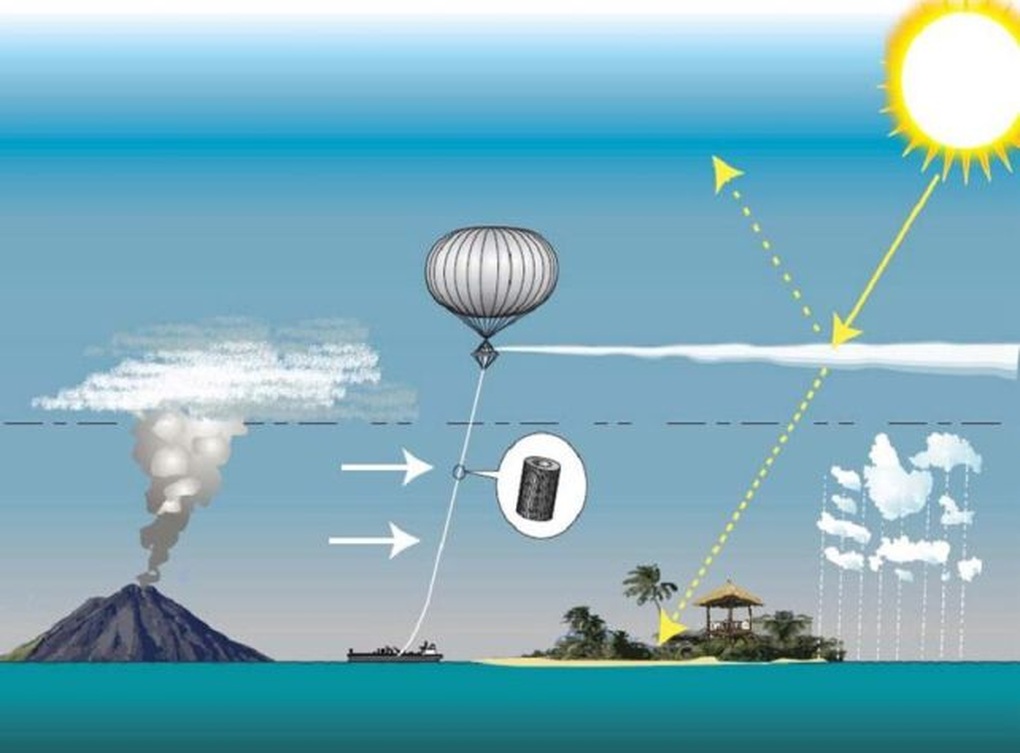
Diagram illustrating how SAI works. The balloon flies at high altitude with the aircraft, then injects aerosol into the stratosphere to reflect the Sun's rays (Photo: Wiki).
However, a new study by a group of scientists at Columbia University (USA) shows that this scenario "only works in the ideal model", but in reality contains countless technical barriers.
According to the research team, “if deployed incorrectly, SAI could alter atmospheric circulations, disrupt global rainfall patterns, and even deplete the ozone layer at the poles.”
Model analysis shows that aerosol dispersion at mid-latitudes can affect heat transport in the atmosphere, altering polar climates, while spraying at higher altitudes, while allowing particles to survive longer, risks destroying the ozone layer.
In addition, if the deployment were to be stopped abruptly, the termination shock would cause the Earth to heat up again extremely quickly, posing a greater risk than before the intervention.
Supply shortage
Not only does this method face safety issues, it also faces material constraints, as proposals such as diamond dust, zircon or lime, once considered to have strong reflective properties, are not in sufficient supply on a global scale.
Meanwhile, the additional production would put a huge strain on the supply chain and create additional emissions. Even with more abundant materials like sulfur, when the particles reach sub-micron sizes, they tend to clump together, reducing their ability to reflect light and making the cooling effect ineffective.
Besides, in the current global geopolitical context, if each country, organization or individual implements it on their own, it could lead to “regional cooling”, causing conflicts of climate interests and even international disputes.
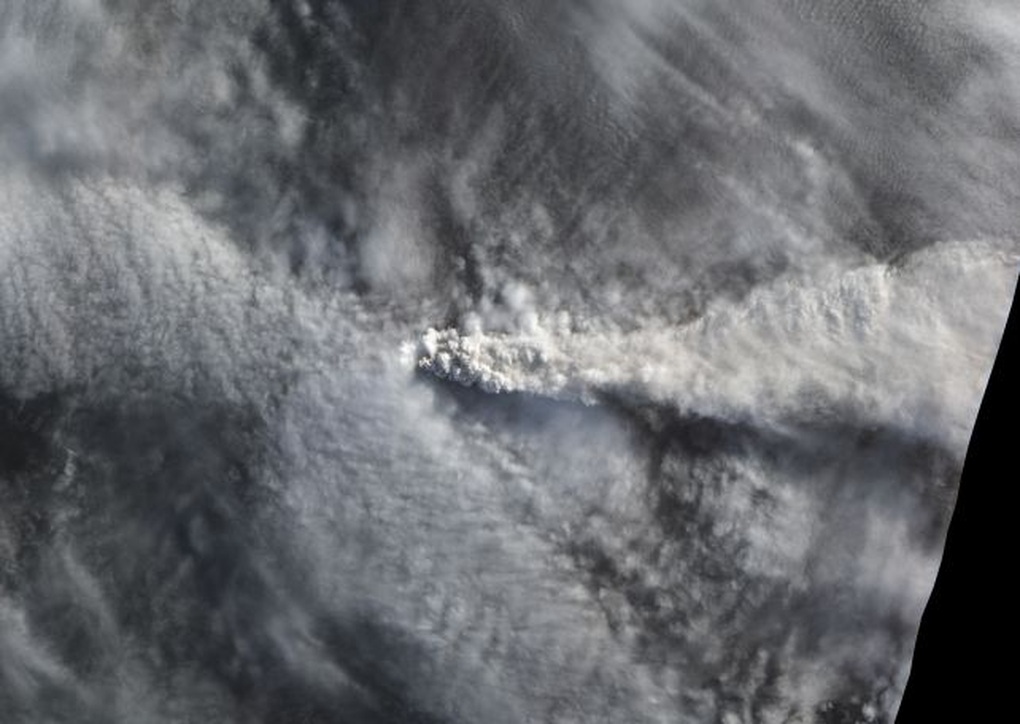
The 2015 eruption of the Calbuco volcano in Chile released aerosols such as sulfur dioxide, which may have cooled the atmosphere slightly for a short time (Image: NASA).
In addition, experts from the United Nations Environment Programme (UNEP) also emphasized that SAI does not address the root cause of climate change, namely greenhouse gas emissions.
That’s because reflecting sunlight only temporarily reduces heat absorption, doesn’t reduce CO₂ concentrations or prevent ocean acidification, and is no substitute for global emissions reduction efforts.
The synthesis of results from many studies, including the report by Huynh & McNeill (2024), confirms that practical limitations from materials, techniques, supply chains to governance frameworks, make the “Sun-dimming” scenario far beyond current implementation capabilities.
Scientists recommend focusing on improving climate models, studying global risks and building international monitoring mechanisms before considering any form of field testing.
“We cannot use a poorly understood solution to fix a problem that humans themselves created,” the researchers warn.
The right way forward, they say, is still to reduce greenhouse gas emissions, transition to clean energy, and adapt sustainably, rather than betting the future of the planet on a risky intervention like “sun dimming.”
Source: https://dantri.com.vn/khoa-hoc/y-tuong-giam-do-sang-mat-troi-de-ngan-khung-hoang-khi-hau-co-kha-thi-20251031081138651.htm


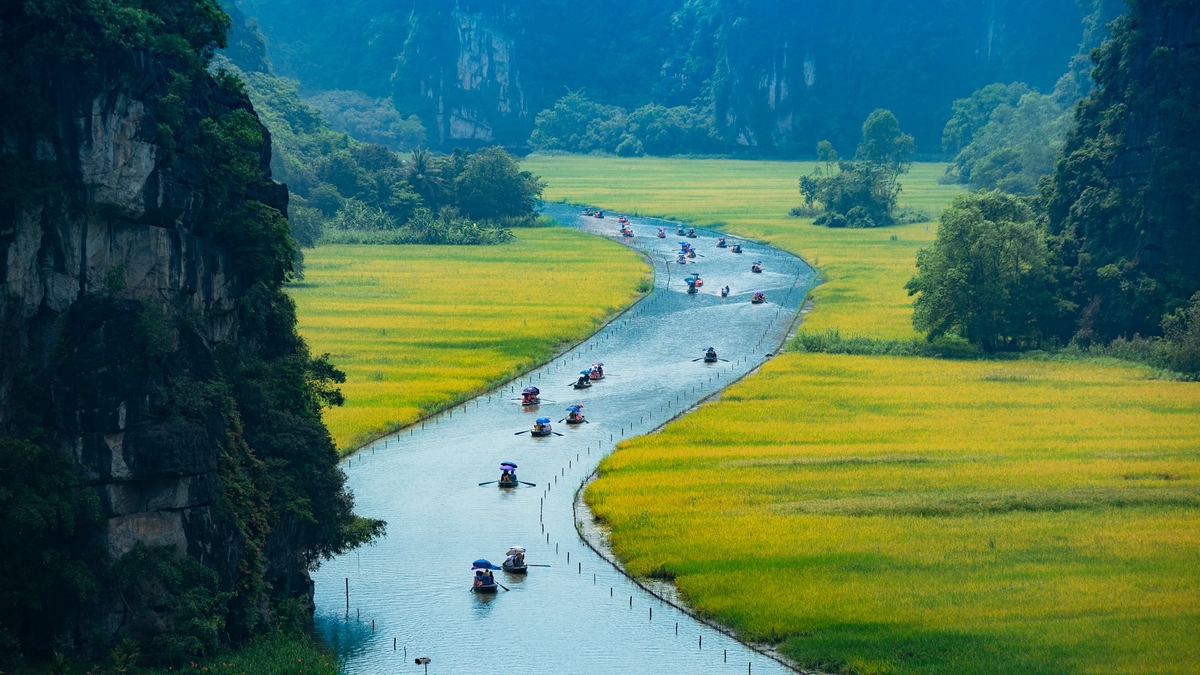
![[Photo] Da Nang: Water gradually recedes, local authorities take advantage of the cleanup](https://vphoto.vietnam.vn/thumb/1200x675/vietnam/resource/IMAGE/2025/10/31/1761897188943_ndo_tr_2-jpg.webp)
![[Photo] Prime Minister Pham Minh Chinh attends the 5th National Press Awards Ceremony on preventing and combating corruption, waste and negativity](https://vphoto.vietnam.vn/thumb/1200x675/vietnam/resource/IMAGE/2025/10/31/1761881588160_dsc-8359-jpg.webp)

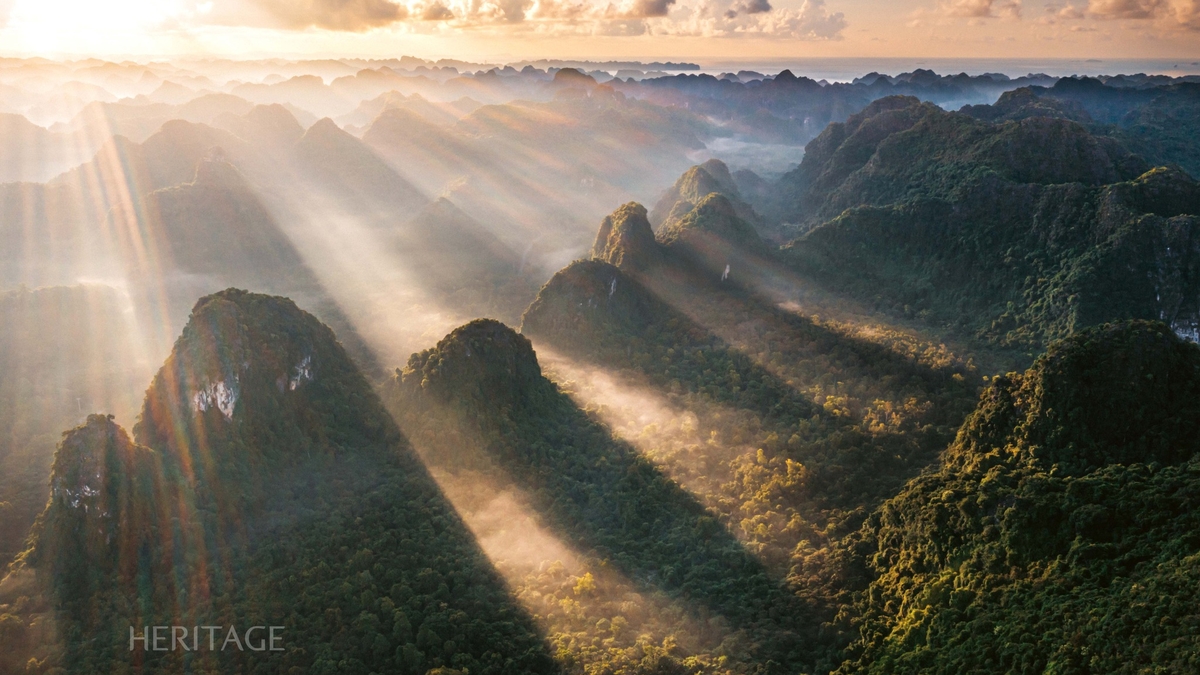

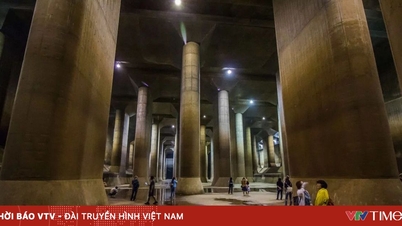

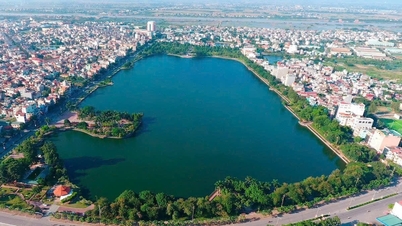

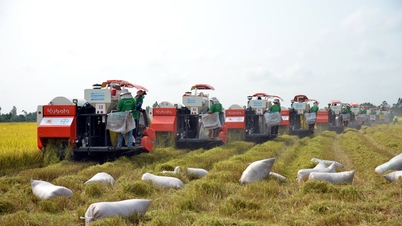

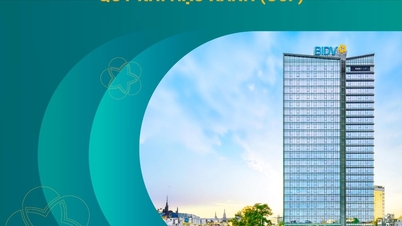





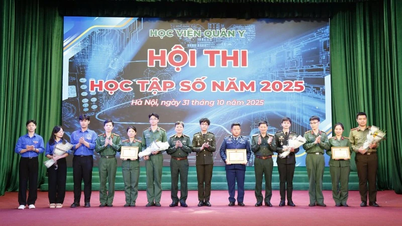

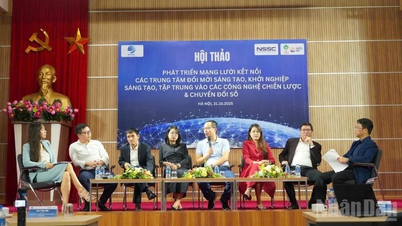
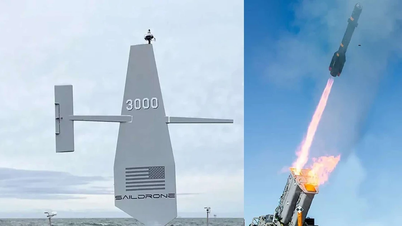

![[INFOGRAPHIC] Leica M EV1, The first Leica M camera with an electronic viewfinder](https://vphoto.vietnam.vn/thumb/402x226/vietnam/resource/IMAGE/2025/10/31/1761917597071_thumb-leica-m-ev1-jpg.webp)
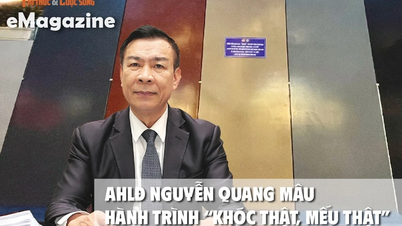





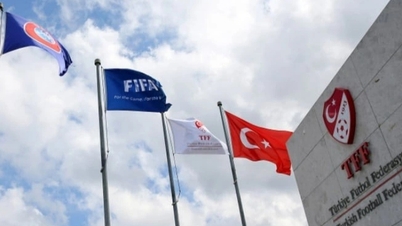


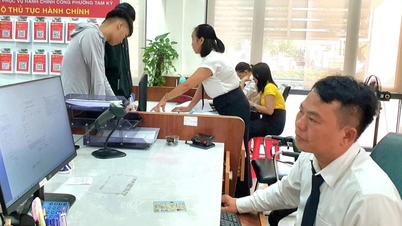
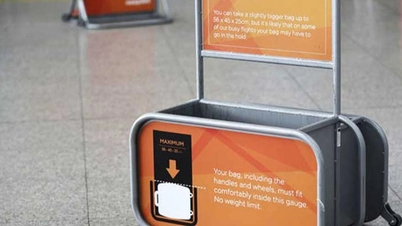
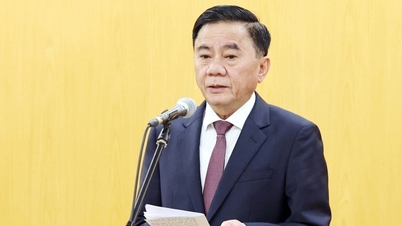


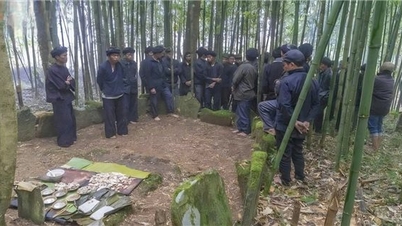

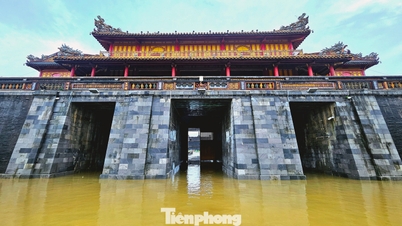

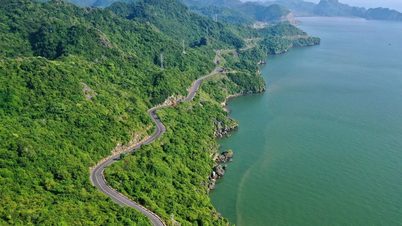













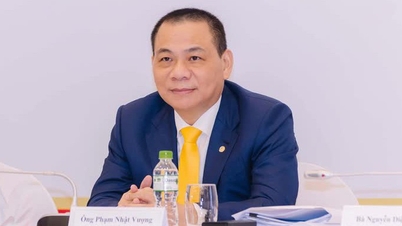
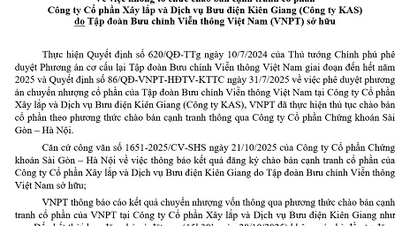

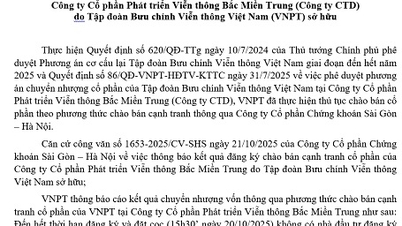
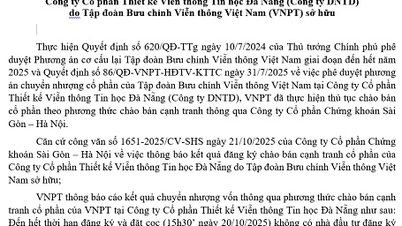






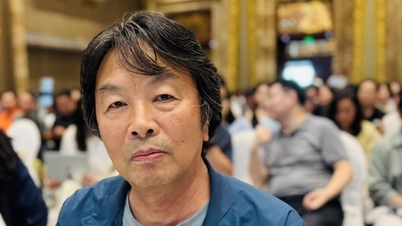

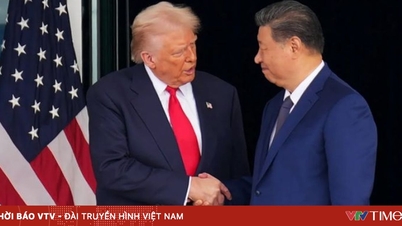
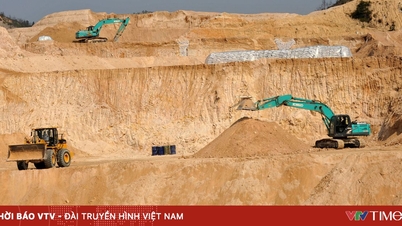
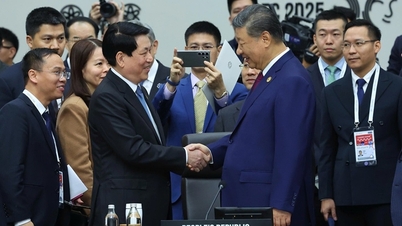
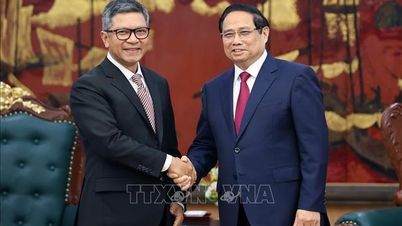
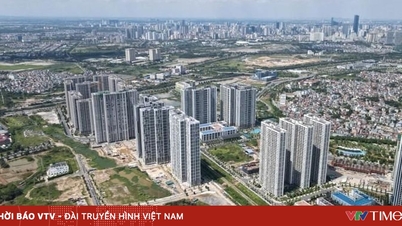


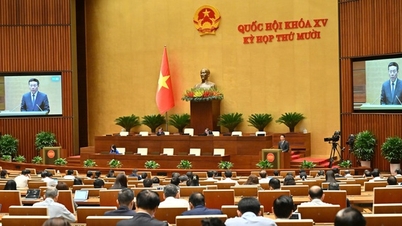

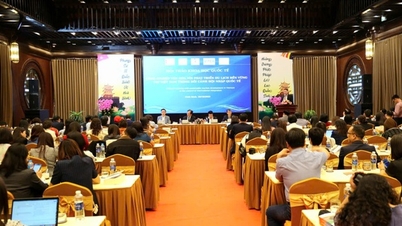
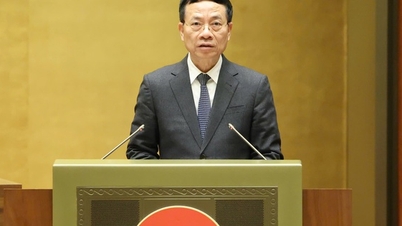
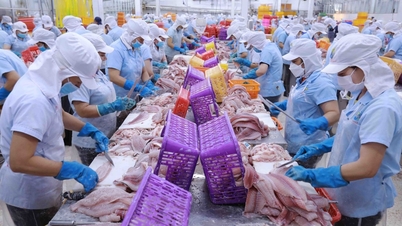
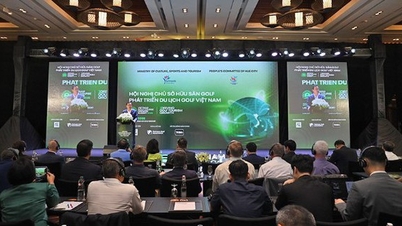

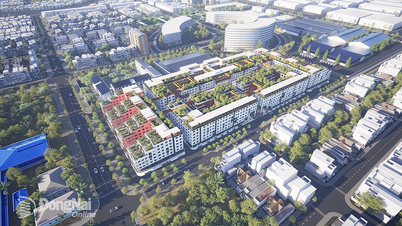

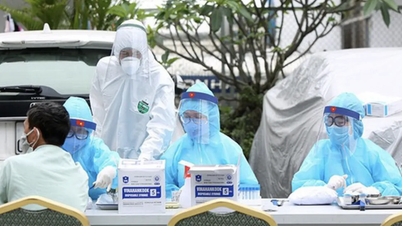
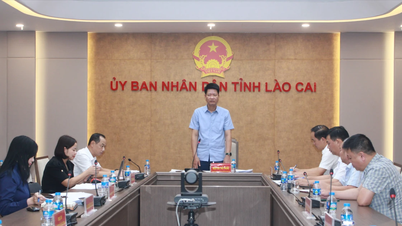

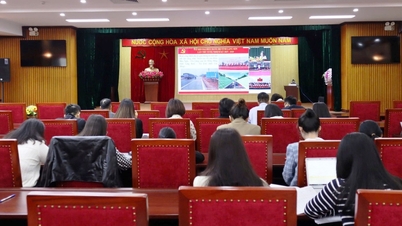

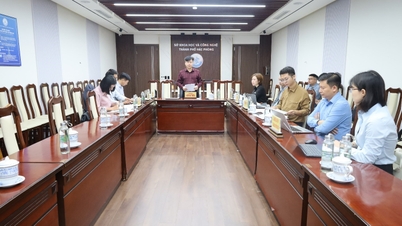














Comment (0)